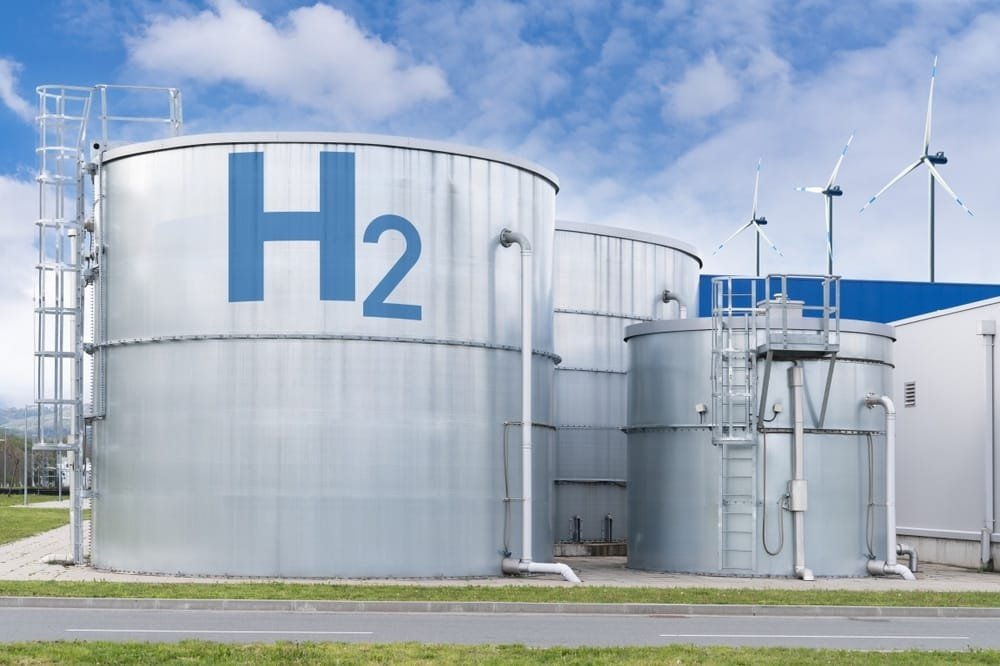The Department of Energy (DOE) has identified Zambales and Pangasinan as potential sites for hydrogen exploration, marking a key step in the country’s pursuit of alternative energy sources. Both areas were surveyed under the 2024 Philippine Energy Bid Round, with the DOE now awaiting presidential approval to proceed with awarding the nation’s first hydrogen service contracts.
A team from the DOE, together with the Department of Environment and Natural Resources (DENR) and local officials, recently visited geothermal sites in Zambales and Pangasinan—among them the Botolan and Mangatarem hot springs—as part of initial fieldwork.
(Also read: Ilocos Norte Opens Public Spaces for Eco Hubs, Plans Co-Working Center)
Paving the way for deeper assessments
DOE Resource Development Bureau Assistant Director Demujin Antiporda said the surveys are a crucial step in shaping the country’s hydrogen exploration efforts. “By screening these areas, the survey will help guide service contractors in prioritizing locations for more comprehensive exploration.”
By pinpointing key surface indicators, such as hot springs and ophiolitic rock formations linked to natural hydrogen, the DOE hopes to minimize exploration risks and streamline future technical studies. “In essence, it lays the groundwork for what approaches to take in the pursuit of developing clean and sustainable energy resources,” Antiporda added.
The two proposed hydrogen exploration zones span roughly 134,000 hectares in Zambales and 96,000 hectares in Pangasinan. These areas were identified under last year’s Philippine Energy Bid Round. They form part of a broader national strategy that includes multiple ophiolite belts across the country—geological formations considered promising for natural hydrogen, from Aurora and Bulacan to Mindanao and Palawan.
DOE’s field assessments covered geothermal sites in Pangasinan and Zambales, including the Mangatarem and Botolan hot springs, as well as the Nagsasa seeps. These efforts complement ongoing research by the Philippine Nuclear Research Institute (PNRI), which previously identified San Antonio, Zambales, as home to the highest recorded natural hydrogen seep in the country. The PNRI estimates that the Nagsasa site releases more than 800 tons of hydrogen each year, pointing to the possibility of even larger reserves beneath the surface.
Additionally, Antiporda revealed that companies based in the US and Singapore have applied for service contracts, with initial project costs pegged at around $5.7 million. While resource estimates remain uncertain, the proposed terms would allow explorers up to seven years to assess the sites before proceeding to drilling, should the prospects prove commercially viable.
The agency views hydrogen as a versatile clean fuel, capable of storing and transporting energy derived from various sources. It is seen as a key component in advancing low-emission energy systems and supporting the country’s transition to sustainable power.
(Also read: Citicore Subsidiary Taps Pangasinan for 80-MW Wind Power Expansion)
Focusing on local resources
Nine sites across the Philippines have been pinpointed for local hydrogen development, marking a global first as the country becomes the pioneer in establishing a dedicated regulatory framework for this resource, according to Antiporda.
The DOE is set to launch a specialized training program on natural hydrogen exploration later this year, aimed at strengthening local technical expertise. “We also want to build the country’s technical capacity to explore and develop our own energy resources,” Antiporda said, highlighting the need to equip scientists, engineers, and field teams with advanced skills and tools for work in emerging energy sectors like natural hydrogen.
Meanwhile, the DOE is still waiting for President Ferdinand Marcos Jr.’s approval to finalize the country’s first natural hydrogen service contracts. DOE officer-in-charge Sharon Garin said there is no definite timeline yet, as the Palace is conducting a “very thorough” evaluation.
In addition to the surveyed areas, Antiporda noted that two more sites in Zambales and Leyte are currently being processed for potential hydrogen exploration.
Sources:
https://www.pna.gov.ph/articles/1253911
https://business.inquirer.net/534887/palace-okay-for-philippines-first-hydrogen-deals-awaited

